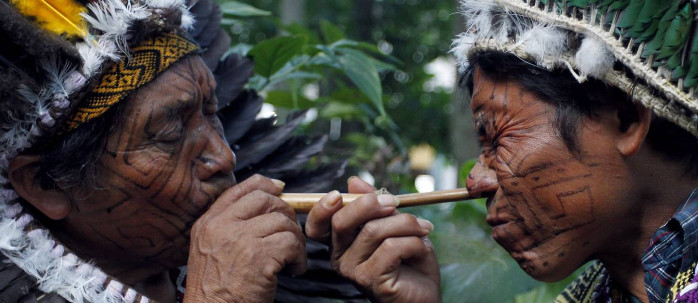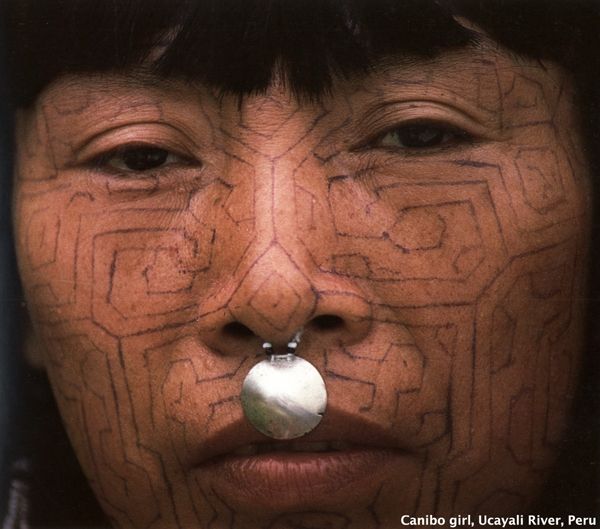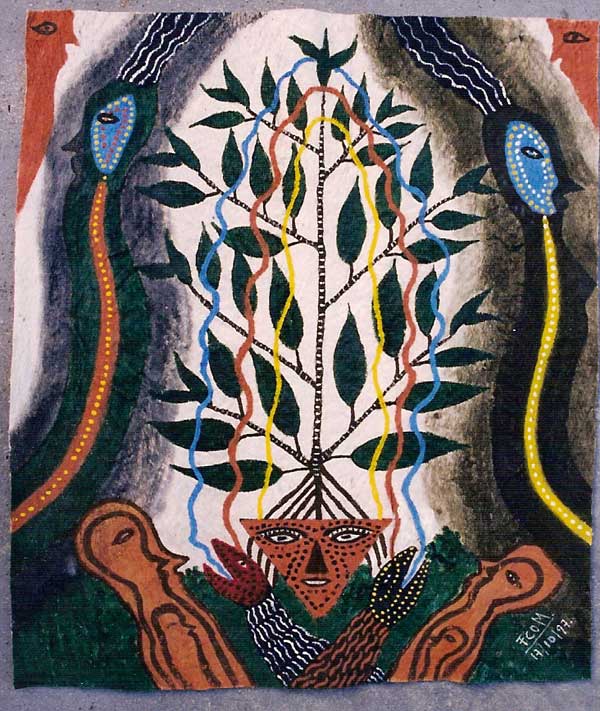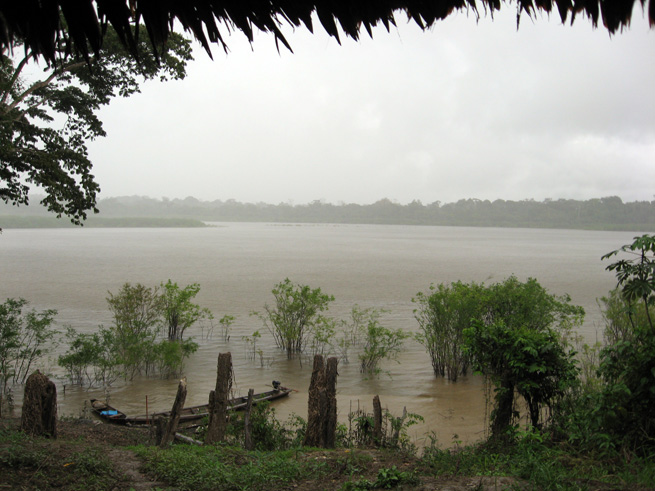A look into Western assumptions and modifications of traditional ayahuasca practices. “The ayahuasca brew is known locally as “the purge”: rather than to address a specific disease, the locals consume it to cleanse the stomach and the blood, throw up bad energy and attract good luck: hunting, sales, wife or husband. Thus, the purgative property of the remedy (result of the vine’s alkaloids, Banisteriopsis caapi) is privileged over its visionary property (due to the DMT of the chacruna, Psychotria viridis).
Westerners, in popular texts and widespread opinion, celebrate DMT; the vine’s function is to allow the DMT not to be destroyed in the stomach but instead reach the bloodstream.”








